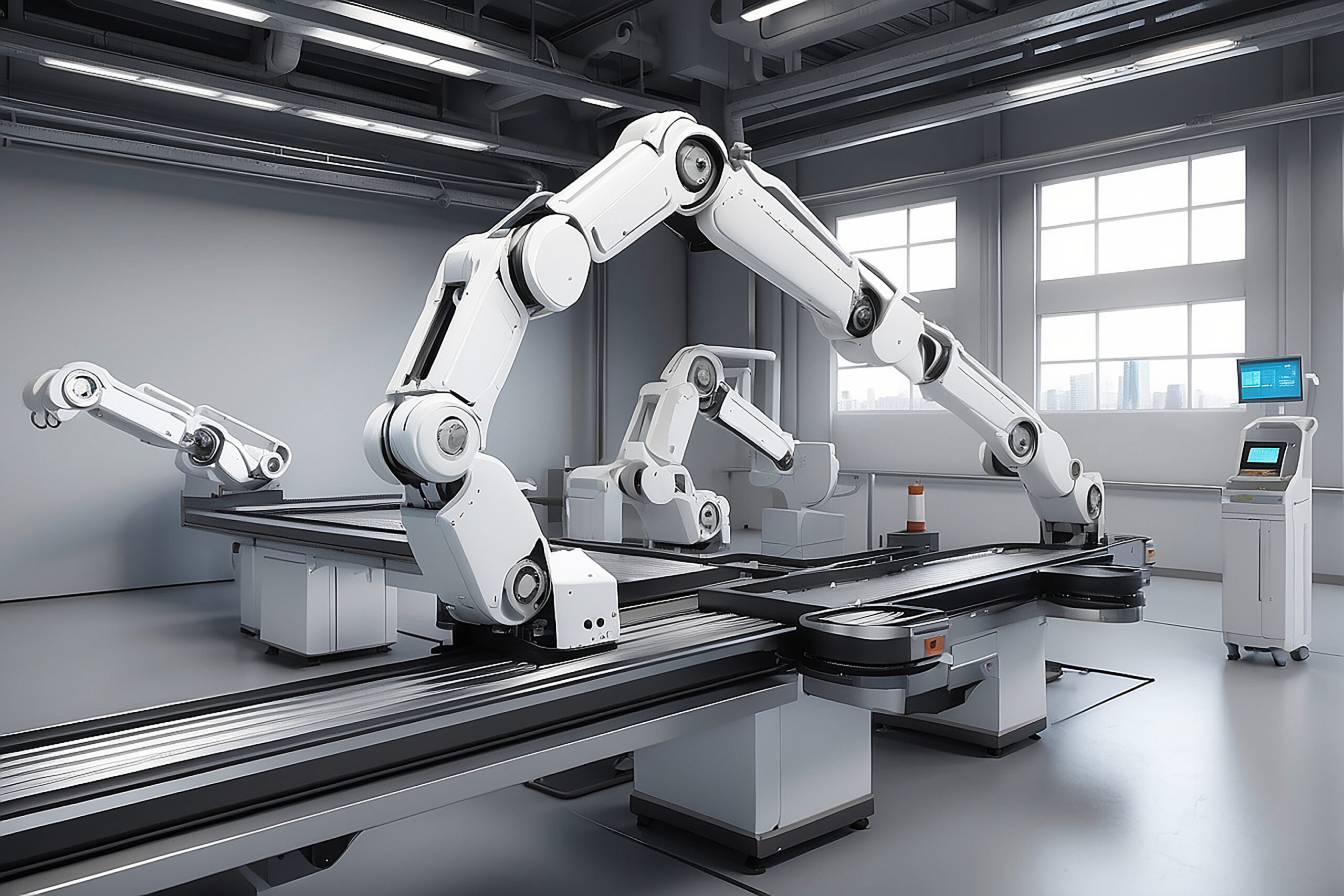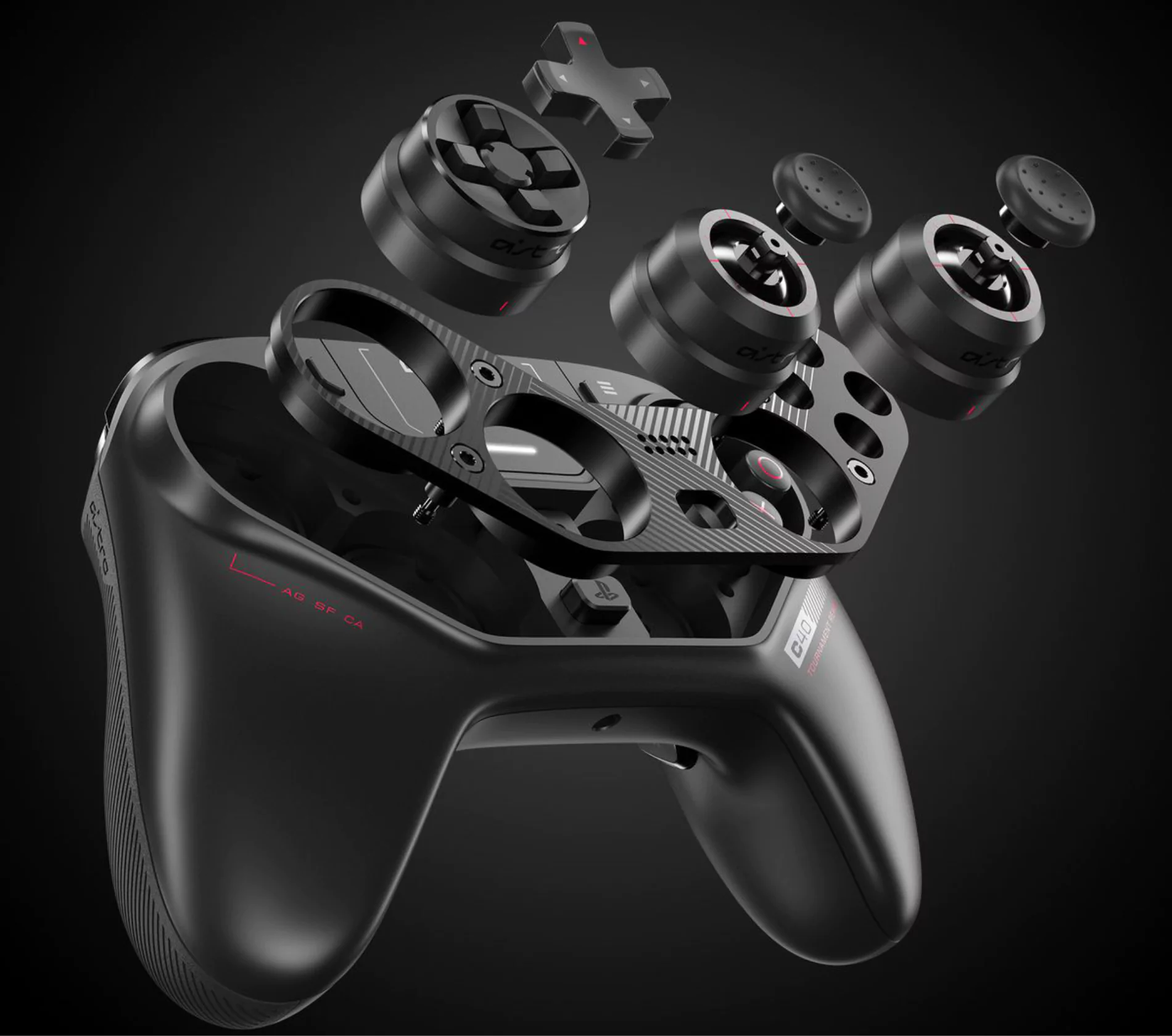In the ever-evolving landscape of manufacturing, the ability to visualize, innovate, and refine product designs is paramount. As the heart of the industrial sector beats with ceaseless innovation, the role of technology in reshaping the manufacturing process cannot be overstated. It is within this context that industrial product rendering emerges as a transformation force, offering a powerful lens through which manufacturers can scrutinize, enhance, and ultimately revolutionize their creations.
Imagine being able to not only conceptualize but also bring to life intricate machinery, cutting-edge consumer goods, or architectural marvels with breathtaking precision long before they exist in the physical realm. Industrial product rendering is the magical conduit that bridges imagination and reality, unleashing the potential for smarter, more efficient, and more visually stunning manufacturing.
In this exploration of The Importance of Industrial Product Rendering in Manufacturing, we delve into the core principles and practical applications of this technology. From the advantages it bestows upon designers and engineers to the profound impact it has on marketing and cost-effectiveness, this journey will illuminate how industrial product rendering has become an indispensable tool in the modern manufacturing arsenal.
As we journey through real-world examples, software options, rendering tips, and future possibilities, it becomes abundantly clear that embracing this technology is not merely an option but a strategic imperative for those who seek to thrive in the competitive realm of manufacturing, reach out to us for additional details! Contact Us.
Understanding Industrial Product Rendering
3D Industrial product rendering, in its essence, is a digital technique used to create highly detailed and photorealistic visual representations of industrial products or designs in a 3D virtual environment. These digital renderings simulate how a product would appear in the real world, considering factors like lighting, materials, textures, and spatial relationships. They can be static images or dynamic animations, providing an unparalleled level of visual clarity and realism.
The Role of Industrial Product Rendering in the Manufacturing Process is Multifaceted and Indispensable:
Visualizing Designs
It serves as a powerful tool for designers, engineers, and manufacturers to visualize and fine-tune their product designs. By creating lifelike 3D models, rendering allows stakeholders to explore the product from all angles, facilitating better decision-making and design refinement.
Prototyping and Testing
Rendering aids in the creation of virtual prototypes that can be tested extensively before physical prototypes are built. This helps in identifying design flaws, making necessary adjustments, and reducing the risk of costly errors during the manufacturing phase, delve into the details by reading the article provided.
Marketing and Presentation
Rendered images and animations are invaluable for marketing purposes. They enable companies to showcase their products in the best possible light, creating compelling visuals for advertisements, brochures, websites, and presentations. This enhances marketing efforts and attracts potential customers.
Cost Reduction
By allowing designers and engineers to identify and rectify design issues early in the development process, industrial product rendering can lead to significant cost savings. It minimizes the need for expensive physical prototypes and prevents late-stage design changes, which can be time-consuming and expensive.
Explaining How Industrial Product Rendering Allows for the Creation of Realistic 3D Representations of Products
Industrial product rendering achieves its remarkable ability to create lifelike 3D representations of products through a combination of advanced software, techniques, and artistic expertise. Here’s a breakdown of how this process unfolds:
3D Modeling
The foundation of industrial product rendering is the creation of a detailed 3D model of the product. Skilled 3D artists or designers use specialized software (e.g., Blender, SolidWorks, Autodesk Maya) to meticulously craft every aspect of the product, from its shape and size to the smallest details,
Materials and Textures
To mimic real-world materials like metal, plastic, glass, or fabric, rendering artists apply accurate material properties and textures to the 3D model. These materials interact with light sources in a way that simulates the visual characteristics of the physical materials they represent.
Lighting
Lighting is a critical element in rendering. Artists strategically place virtual light sources within the scene, simulating natural or artificial lighting conditions. They adjust parameters like intensity, color, and direction to create realistic shadows, reflections, and highlights.
Camera Setup
Just like a photographer, rendering artists configure virtual cameras to capture the product from specific angles and perspectives. They can simulate different camera lenses, focal lengths, and apertures to achieve desired visual effects.
Rendering Engine
: Rendering software employs sophisticated rendering engines that perform complex calculations to simulate the behavior of light as it interacts with the 3D scene. These calculations consider factors such as reflection, refraction, diffraction, and global illumination, contributing to the realism of the final image.
Post-Processing
After the initial rendering, artists often perform post-processing to enhance the image further. This may involve color correction, adding depth-of-field effects, or compositing multiple layers to achieve the desired look.
Iterative Refinement
Achieving realism often involves iterative refinement. Artists make adjustments to the 3D model, materials, lighting, and camera settings, then re-render the scene to evaluate the changes. This process continues until the desired level of realism is attained.
The result of these meticulously orchestrated steps is a 3D representation that closely resembles the actual product. It appears as if it were photographed in a real-world setting, complete with convincing materials, lighting effects, and attention to detail. This realism is vital for applications ranging from design validation to marketing and can save manufacturers time and resources by allowing them to make informed decisions and present products in the most appealing way possible.
Well-known Examples From the Manufacturing Industry Where 3D Rendering Played a Pivotal Role
Ford has used industrial product rendering and virtual reality extensively in its design process. Engineers and designers can immerse themselves in virtual showrooms and workshops where they can inspect and modify 3D models of cars in real-time. This not only speeds up the design process but also allows for better design evaluation and collaboration among teams.
The Heydar Aliyev Center in Baku, Azerbaijan, designed by Zaha Hadid Architects, is a remarkable example of how rendering and visualization played a pivotal role in architectural manufacturing. Advanced 3D rendering techniques were used to create stunning visualizations of the complex, curvilinear building before it was constructed. This aided in design validation, structural analysis, and presenting the concept to clients and stakeholders.
Boeing used industrial product rendering extensively in the design and development of the Boeing 787 Dreamliner. Renderings were used to simulate various design aspects, including aerodynamics, materials, and interior layouts. This helped engineers and designers optimize the aircraft’s performance and aesthetics before building physical prototypes.
Apple is known for its meticulous attention to detail and stunning product launches. Industrial product rendering has played a pivotal role in creating lifelike 3D representations of Apple products like the iPhone and MacBook. These renderings are used in marketing materials, product launches, and online configurations, allowing customers to visualize products accurately before making a purchase.
IKEA relies heavily on rendering to showcase its vast range of furniture and home products in its catalogs and online. Using rendering, IKEA can create consistent, high-quality product images and room scenes, making it easier for customers to envision how the furniture will look in their homes.
Caterpillar, a manufacturer of heavy equipment, uses industrial product rendering to create realistic 3D models of its machinery. These renderings are used for design validation, marketing materials, and operator training. They allow customers to understand the equipment’s features and capabilities effectively.
https://www.youtube.com/watch?v=bhCn2lYp9tc
The blog begins by emphasizing the significance of visualizing, innovating, and refining product designs in the manufacturing sector’s ceaseless drive for innovation. It introduces industrial product rendering as the key technology that empowers manufacturers to scrutinise, enhance, and revolutionize their creations.
The intricate process of creating lifelike 3D representations is explained, encompassing 3D modeling, materials and textures, lighting, camera setup, rendering engines, post-processing, and iterative refinement. The result is a 3D representation that closely resembles the actual product, replete with convincing materials, lighting effects, and attention to detail.
In conclusion, the blog underscores the strategic imperative of embracing industrial product rendering in the competitive realm of manufacturing. It illuminates how this technology enhances design, validation, marketing, and communication with stakeholders, ultimately leading to more innovative and successful products in the market, don’t hesitate to ask for further clarification! Contact Us.




